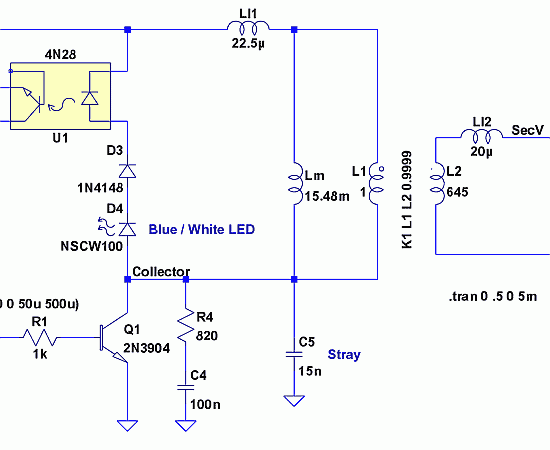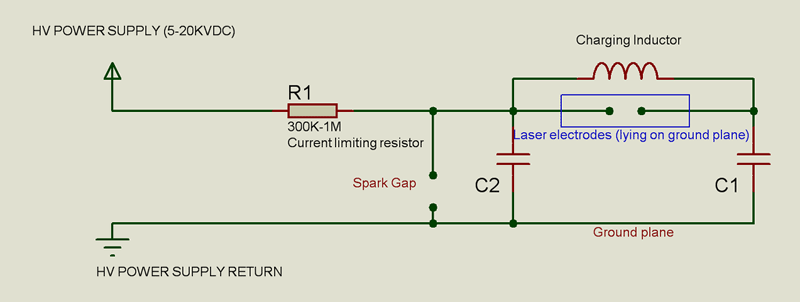
Electronic Canary

An electronic version of a chirping canary. It may be used as an alarm, a sound effects generator, or perhaps a replacement doorbell.
The electronic chirping canary functions as an auditory signaling device, capable of generating a variety of chirping sounds that mimic those of a real canary. This device can serve multiple purposes, including functioning as an alarm system, providing sound effects for entertainment, or acting as a novel replacement for a traditional doorbell.
The circuit typically consists of a microcontroller or sound generator IC that is programmed to produce specific chirping patterns. When the device is activated, it can utilize a small speaker or piezo buzzer to emit the chirping sounds. The circuit may also include a power supply, such as batteries or a DC power adapter, to ensure consistent operation.
For alarm functionality, the circuit can be equipped with a motion sensor or a push-button switch. In the case of the motion sensor, the device will activate the chirping sound upon detecting movement within its vicinity, alerting users to potential intrusions. Alternatively, the push-button switch allows users to manually trigger the chirping sound, making it suitable as a doorbell replacement.
In terms of design, the circuit layout should prioritize low power consumption to extend battery life, especially if portable. Additionally, the use of a microcontroller allows for programmability, enabling the user to customize the frequency and duration of the chirps. The device may also incorporate visual indicators, such as LEDs, to complement the auditory signals.
Overall, this electronic chirping canary represents a versatile and engaging solution for sound generation, with practical applications in security and home automation.An electronic version of a chirping canary. May be used as an alarm, a sound effects generator or perhaps a replacement doorbell.. 🔗 External reference
The electronic chirping canary functions as an auditory signaling device, capable of generating a variety of chirping sounds that mimic those of a real canary. This device can serve multiple purposes, including functioning as an alarm system, providing sound effects for entertainment, or acting as a novel replacement for a traditional doorbell.
The circuit typically consists of a microcontroller or sound generator IC that is programmed to produce specific chirping patterns. When the device is activated, it can utilize a small speaker or piezo buzzer to emit the chirping sounds. The circuit may also include a power supply, such as batteries or a DC power adapter, to ensure consistent operation.
For alarm functionality, the circuit can be equipped with a motion sensor or a push-button switch. In the case of the motion sensor, the device will activate the chirping sound upon detecting movement within its vicinity, alerting users to potential intrusions. Alternatively, the push-button switch allows users to manually trigger the chirping sound, making it suitable as a doorbell replacement.
In terms of design, the circuit layout should prioritize low power consumption to extend battery life, especially if portable. Additionally, the use of a microcontroller allows for programmability, enabling the user to customize the frequency and duration of the chirps. The device may also incorporate visual indicators, such as LEDs, to complement the auditory signals.
Overall, this electronic chirping canary represents a versatile and engaging solution for sound generation, with practical applications in security and home automation.An electronic version of a chirping canary. May be used as an alarm, a sound effects generator or perhaps a replacement doorbell.. 🔗 External reference





